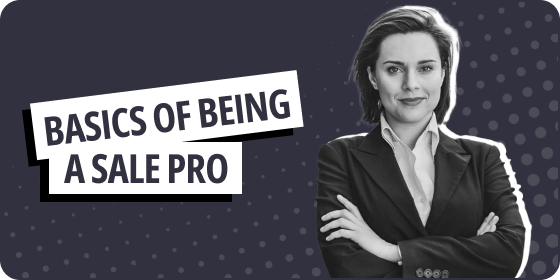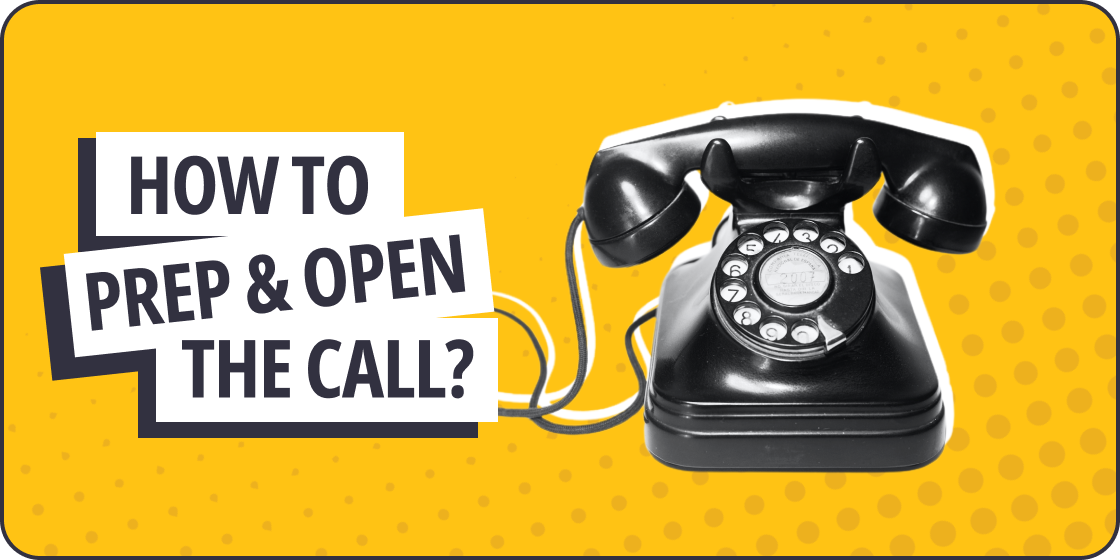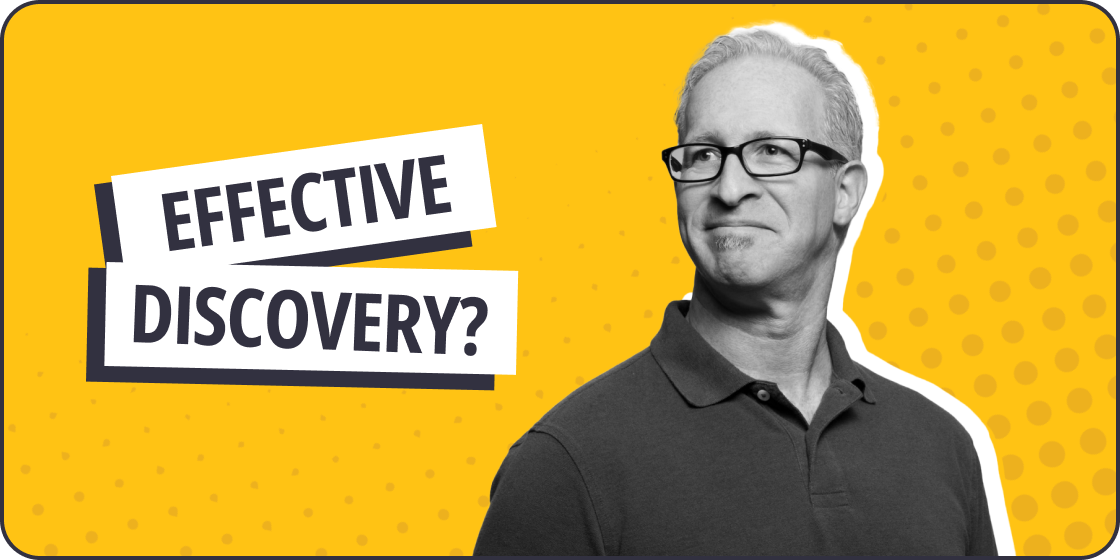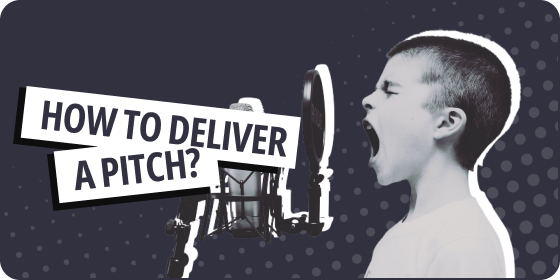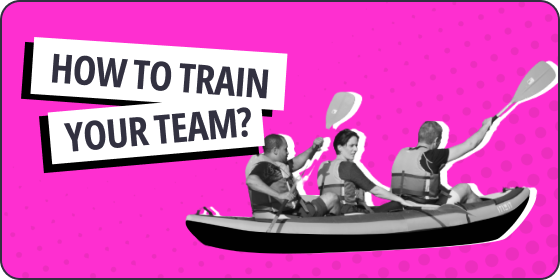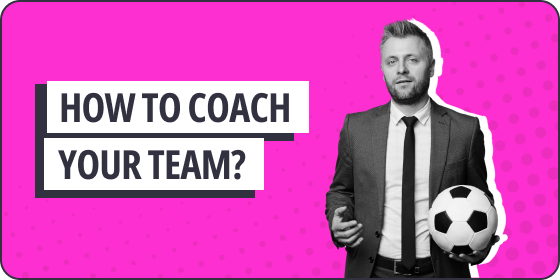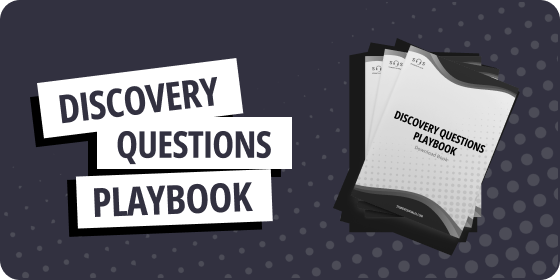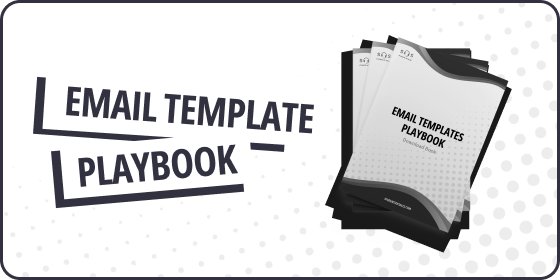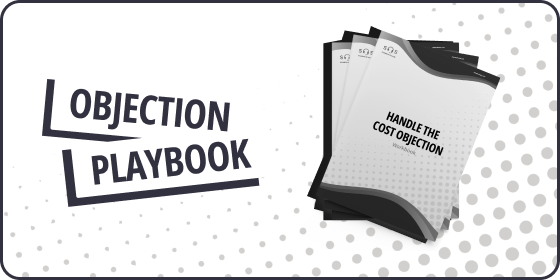HOW TO HANDLE THE “NOT INTERESTED” OBJECTION

“Not Interested” may be the most frustrating and vague of all the possible objections and brushoffs a sales pro will ever hear. It is our responsibility to uncover the real reasons why they aren’t interested.
This lesson will examine the real reasons your prospect isn’t interested and how to overcome them.
Money/Cost/Price
- Rarely is it the case that your prospect legitimately has no money to invest in solving a business problem or accomplishing a business goal. When money is the excuse for not being interested more often than not the truth is that you have not identified and communicated the value that your product or service will provide in exchange for the cost of doing business with you.
- Based on the questions you have asked, and the pain that you have identified by not having your product, they do not believe that your service is worth what you are asking price is. This again is a value-based issue that can be addressed.
- The Prospect is thinking that they like the product/service, but they are potentially aware of cheaper alternatives and want to investigate them first. This is an education issue that can be addressed.
How to Handle the Objection:
- If your prospect doesn’t see the value of your product or an adequate return on their investment within it money, price, or cost may be at the root of them not being interested. Should money be at the root of their objection you haven’t shown enough value throughout the sales process to justify the price of your product or service and must return to the problem-solving/value-building drawing board.
“If money or cost were of no concern, would you be willing to start with our product today?”
- Ask this question to isolate the money element of the deal and determine if it is in fact cost or something else.
“What if I could add an additional XYZ (tiny discount/offer a free month/etc.), is that something that you would feel comfortable moving forward with today?”
- Ask this question ONLY if your prospect admits that the price is too high or they were quoted a lower price from a competitor. You can’t overcome an objection that’s not about money with a discount.
For more insight on how to overcome the money objection check out the S.O.S! HOW TO: Handle the “Cost Objection” paid content
Timing\Urgency
- In sales timing is everything. We’ve all been engaged in an opportunity where we’ve identified a legitimate need, their budget for the project, we’re talking to the right person to get the deal done and as we attempt nailing down timelines and commitments we are told they need to think about it and that this project is going to have till wait till next quarter or even worse next year.
- It’s also just as common to reach out to a business at a time when they are putting out fires and doing triage on pain points they believe are more mission-critical than the issue your product or solution can fix in the present moment and you’ll be asked to check back in 3 – 6 months at best.
How to Handle the Objection:
“Is it the timing, or is something else concerning you?”
- Before drilling down into overcoming timing let’s isolate it and ensure it’s the true objection and not something else like urgency, need, or trust.
“What are your company’s other priorities right now?”
- Use this question to identify what they are focused on solving in the present and how your solution is vital in helping them accomplish that goal.
“When would be a good time to get started on this project?”
- Use this question to pin them down to a decision or commitment time frame once you’ve confirmed budget, need, urgency, and trust are not related to their time objection.
Need
- Your product, service, and solution need to address and have a direct impact on current mission-critical events. Your prospects need to require your service, be aware of the need for your solution and be ready and willing to take action.
- If they are not interested it may be because they aren’t convinced they need your solution. You may also be prospecting a business that is outside your ideal customer profile and not a good fit. They may also have the same or similar solution in place, are satisfied with its performance and the pain of switching vendors is not worth the potential gains.
How to Handle the Objection:
- The need for your service or solution should be established very early in your conversations with prospects. Do a proper discovery to understand what their wants, goals, desires, needs, pains, and problems are so as to find out where your solution can have a direct and immediate impact. For more tips on how to do a world-class discovery take a look at the Discovery 101 lesson.
Trust
- People buy from those they know, like, and trust. They may not be interested because yours is a brand that is unheard of, and lacks the brand recognition and familiarity that would make them feel comfortable doing business with you. They may also not be interested as a result of a bad customer experience they had firsthand or feedback from current and previous customers that shared your product didn’t do what was advertised, the onboarding experience was a mess, and the customer support was subpar.
How to Handle the Objection:
Be Open, Honest, and Transparent
- Today’s customer wants to work with companies that are impeccable with their word, upfront about price and can show evidence that their solution works and do what they say they will do.
- Promising your product or service can do something it can, being very vague and guarded about price offering wishy-washy answers to their tough questions, and delivering a solution to their problem with confidence and evidence are ways to erode the trust and confidence of your potential customer.
Share customer stories and experiences
- If you’ve ever bought something from Amazon you’ve read the reviews of those that have purchased the product before and based on their experience and the details of it chose to buy that brand or find one with better customer testimonies.
- The same expectation of hard evidence from people and businesses that have used your service is true in sales as well. When sharing the testimonies and success stories of current customers, look to those that closest resembles the makeup and challenges of the business you’re attempting to win. Use the experiences of customers that had the same problems as your prospect and clearly define how you were able to solve them and create change.
Provide a world-class customer experience
- One of the most effective ways to gain customer confidence and trust is by giving them the white glove treatment from the cold call to book the meeting, the product demo call, the price negotiation conversations, onboarding, post-sale customer support, and renewal.
- Delivering a world-class customer experience requires that everyone in the organization that interacts with your customers is available, dependable, reliable, and accountable. This kind of service and support lets them know you care and that you have their success and best interest in mind.
Worksheet:
Now it’s time to work on a strategy and practice for your specific pitch! From the steps above, take one section that you like the best, and put them in the blank step spaces below. Print this out, practice and have it ready for you next closing!
Example
STEP 1: “Thank you for sharing that, I really appreciate you being honest and letting me know you need some more time”.
STEP 2: “I absolutely want to respect your wishes and allow you more time to make a decision on this,
but I also want to allow you the opportunity to maybe address some additional questions or concerns
you might have at this point. Are there any particular questions or concerns you have that are holding
you back?”
STEP 3: “What is it specifically that you like to think more about, is it the timing of this, the cost, or
potentially something else?”
STEP 1_____________
STEP 2_____________
STEP 3_____________
STEP 1_____________
STEP 2_____________
STEP 3_____________
STEP 1______________
STEP 2______________
STEP 3______________
STEP 1_______________
STEP 2_______________
STEP 3_______________







